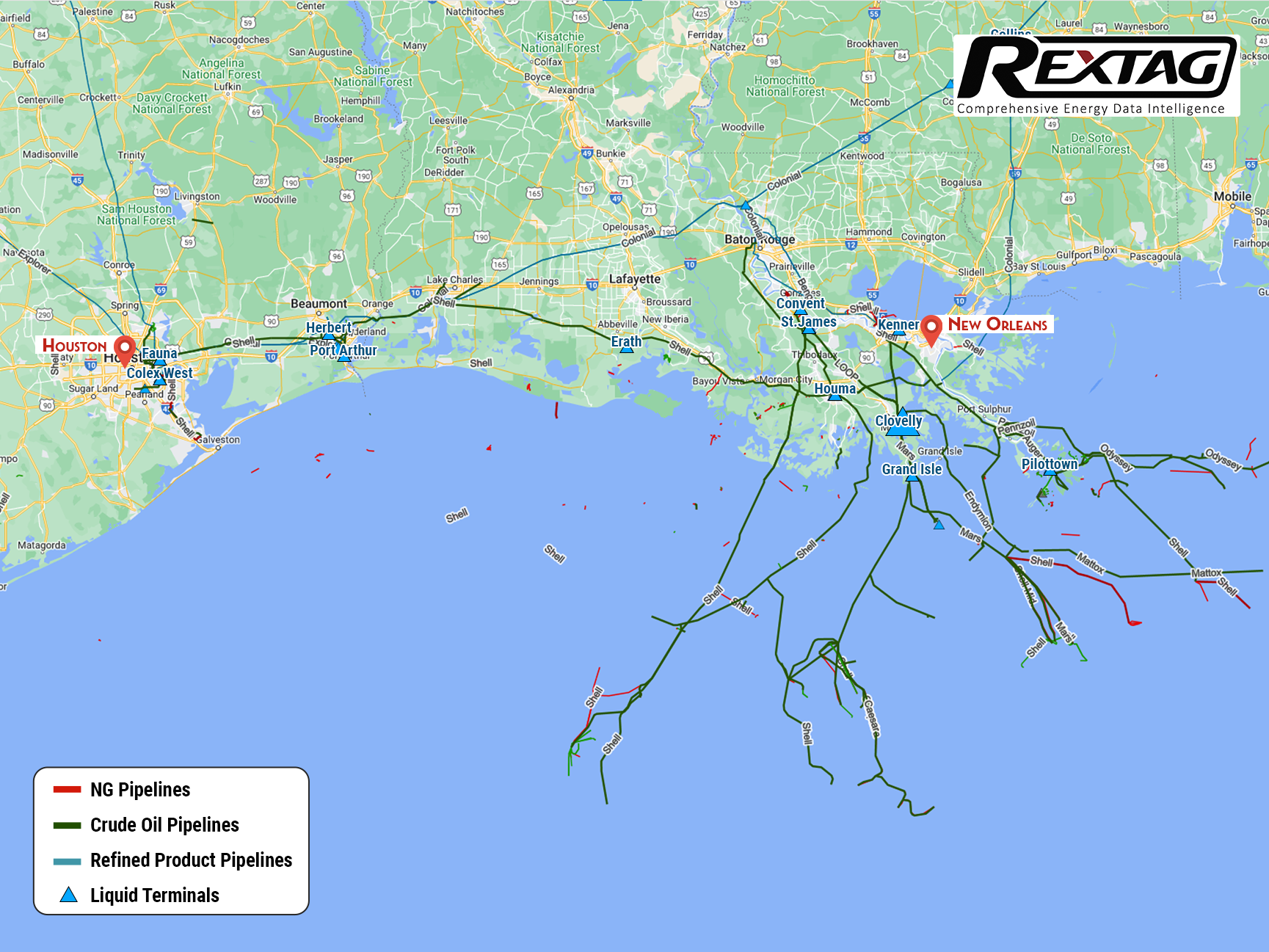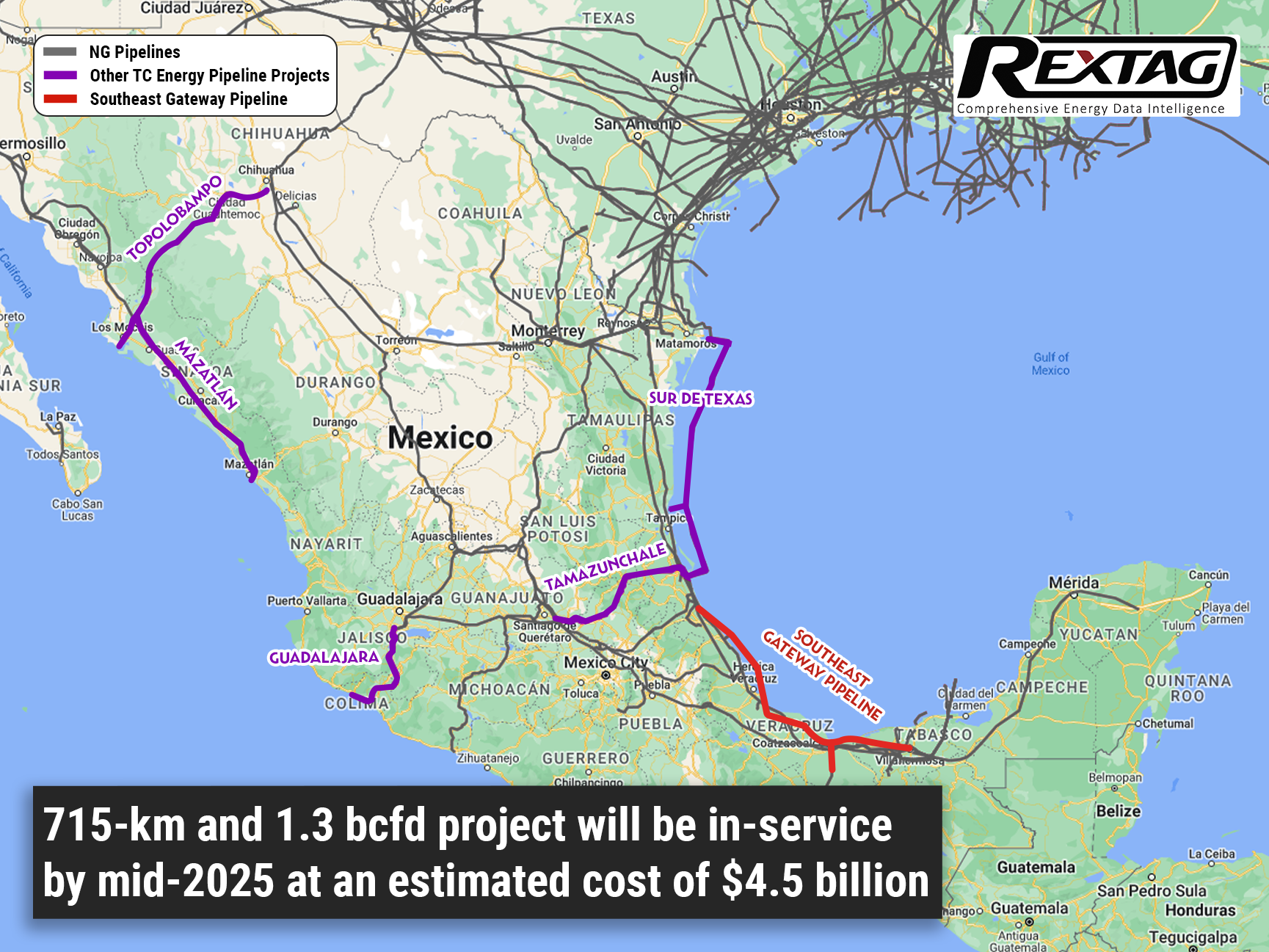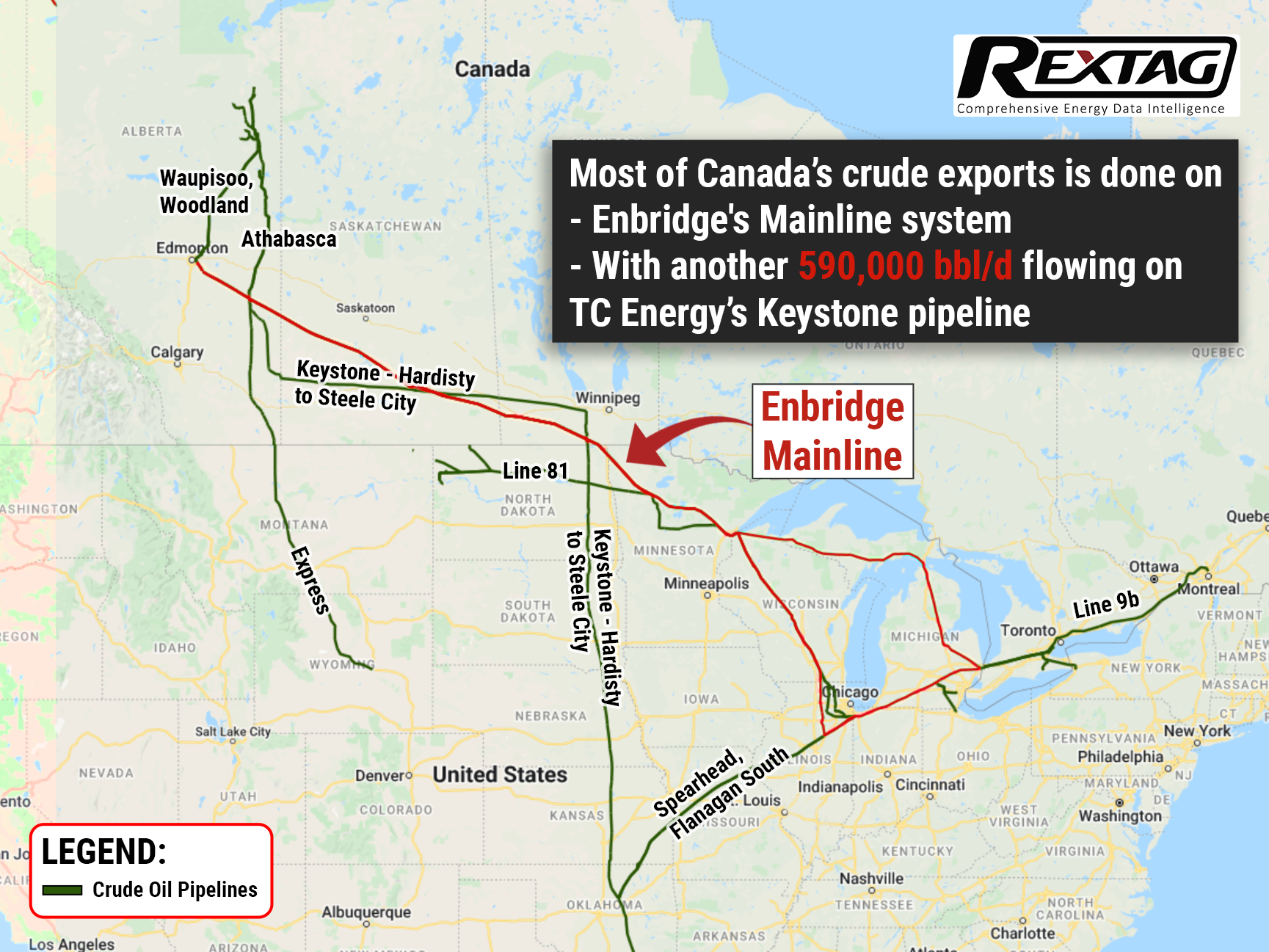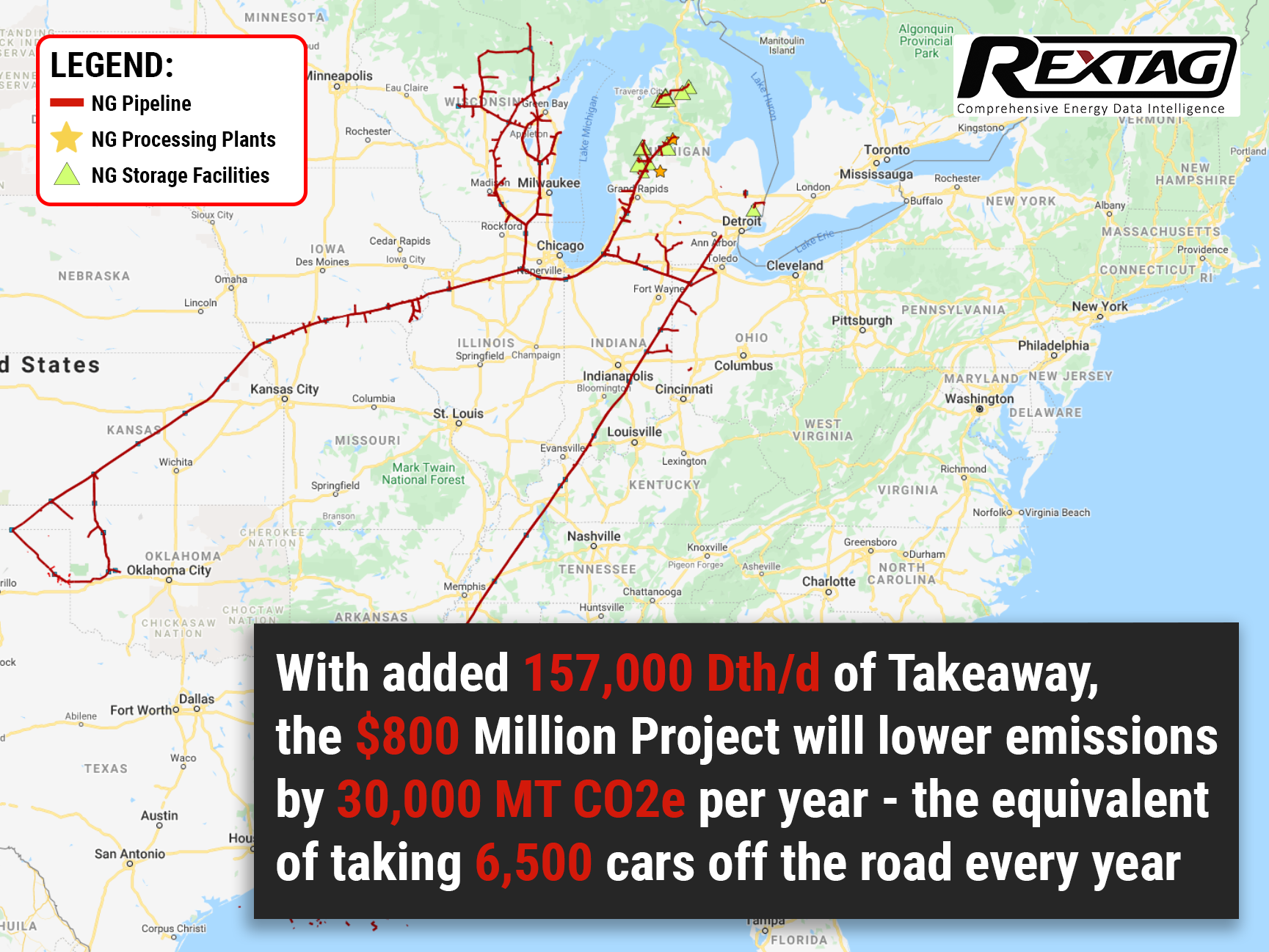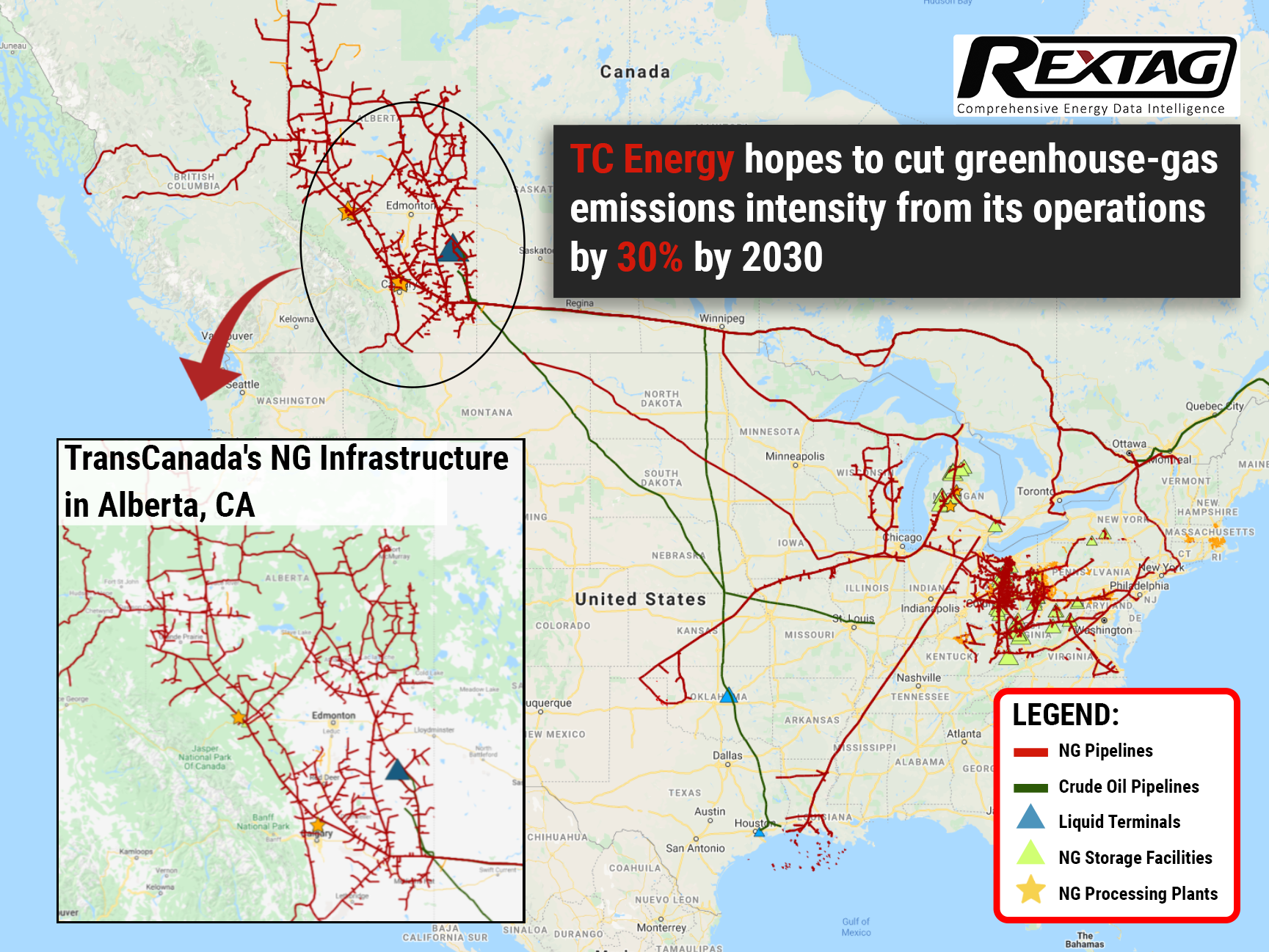Blog
Since days when shale oil and gas technologies were discovered, the U.S. energy industry has been evolving more rapidly than ever before. Many changes are amazing especially when you put them on an industry map. At Rextag not only do we keep you aware of major projects such as pipelines or LNG terminals placed in service. Even less significant news are still important to us, be it new wells drilled or processing plants put to regular maintenance.
Daily improvements often come unnoticed but you can still follow these together with us. Our main input is to “clip it” to the related map: map of crude oil refineries or that of natural gas compressor stations. Where do you get and follow your important industry news? Maybe you are subscribed to your favorite social media feeds or industry journals. Whatever your choice is, you are looking for the story. What happened? Who made it happen? WHY does this matter? (Remember, it is all about ‘What’s in It For Me’ (WIIFM) principle).
How Rextag blog helps? Here we are concerned with looking at things both CLOSELY and FROM A DISTANCE.
"Looking closely" means reflecting where exactly the object is located.
"From a distance" means helping you see a broader picture.
New power plant added in North-East? See exactly what kind of transmission lines approach it and where do they go. Are there other power plants around? GIS data do not come as a mere dot on a map. We collect so many additional data attributes: operator and owner records, physical parameters and production data. Sometimes you will be lucky to grab some specific area maps we share on our blog. Often, there is data behind it as well. Who are top midstream operators in Permian this year? What mileage falls to the share or Kinder Morgan in the San-Juan basin? Do you know? Do you want to know?
All right, then let us see WHERE things happen. Read this blog, capture the energy infrastructure mapped and stay aware with Rextag data!
Keystone XL Pipeline Controversy and Wildlife Disaster: From Green Light to Red Light on the $15 Billion Project
The pipeline industry in the USA faced and still faces a range of regulatory challenges, including permitting delays, environmental requirements, and public opposition to pipeline projects. In recent years, pipeline projects like the Keystone XL and Dakota Access pipelines had legal and regulatory obstacles that delayed or canceled their construction. Keystone XL Pipeline, proposed by TransCanada in 2008, aimed to transport crude oil from Canada (around Calgary and Edmonton) to refineries on the Gulf Coast (Port Arthur). The project faced opposition from environmental groups and indigenous communities, who argued that it would contribute to climate change and pose a risk to water resources. In 2015, the project was rejected, citing concerns about its environmental impact. However, in 2017, the project was revived, leading to further legal challenges. In June 2021, it was officially canceled.
Ovintiv, Occidental, BP, Marathon Oil, ConocoPhillips, TC ENERGY Q1 Results and Sale of $1 Billion Permian Assets
As TC Energy expands its gas network to support the growing demand from data centers, driven by AI, Occidental is considering selling assets in the Permian Basin potentially worth over $1 billion. Keep reading. But first, let’s take a look at the Q1 2024 results for big names like Occidental (OXY), Ovintiv, BP, Marathon Oil, ConocoPhillips, and TC Energy.
TC Energy sells 40% Stake in Columbia Gas Pipeline Systems for $3.9 Billion to GIP
Calgary-based pipeline operator TC Energy is selling a 40% stake in its natural gas pipeline systems for $3.9 billion as part of its efforts to reduce debt. TC Energy Corporation (TRP) has agreed to sell a 40% stake in its Columbia Gas Transmission and Columbia Gulf Transmission systems to Global Infrastructure Partners (GIP). This move will help TC Energy reduce its debt and establish a valuable long-term partnership with GIP, a prominent infrastructure investor.
Shell's Midstream Assets in TX and LA (Gulf area)
On October 19, Shell USA completed the almost $1.96 billion acquisition of the master limited partnership. The company paid $15.85 in cash for every common unit representing limited partner interests in SHLX not held by Shell USA or its affiliates. A subsidiary of Shell USA has 269,457,304 SHLX common units or roughly 68.5% of SHLX common units.
The Deal between TC Energy and Mexican Utility is Concluded to Build $4.5 Billion Gas Pipeline
TC Energy Corp. had reached a deal with a Mexican state utility to build a $4.5 billion natural gas pipeline, according to a company release on Aug. 4. The natural gas to Mexico's central and southeast regions will be furnished by the 1.3 bcfd offshore Southeast Gateway Pipeline, the Canadian pipeline operator said. Due to the most serious trade spat with #Mexico over the United States-Mexico-Canada Agreement, Canada and the United States made the deal with Comisión Federalde Electricidad (CFE). TC Energy and CFE in conjunction with the alliance also took the final investment decision (FID) on the 715-km Southeast Gateway. The pipeline will serve southeast Mexico, starting onshore in Tuxpan, Veracruz, then proceeding offshore, making landfall at Coatzacoalcos, Veracruz, and Dos Bocas, Tabasco.
As Countries Shun Russian Crude, Canada Plans to Boost Its Oil Exports
Canada is looking at ways to increase pipeline utilization to boost crude exports as Europe seeks to reduce its reliance on Russian oil At the moment, oil exports from Canada to the U.S. are approximately 4 million barrels of oil per day, with a portion reexported to other countries. At the end of 2021 Canadian oil companies exported a record amount of crude from the U.S. Gulf Coast, mostly to big importers India, China, and South Korea. And this will only increase in the future.
Expansion for TC Energy in Midwest US to cost $800 million
TC Energy splurged $0.8 billion on the project that targets emissions. Well, sorta. According to the idea, existing lines of the ANR Pipeline Company will be expanded to serve markets in the #Midwestern US and simultaneously updated to reduce discharge by 30,000 metric tons CO2e per year - equivalent to removing almost 7000 cars from the road annually. Remarkable goals. With the current timeline, the project will be fully operational by the end of 2025, thanks to long-term transportation agreements secured by ANR.
The green trend: TC Energy pledges to be carbon-free by 2050
TC Energy, the Canadian gas giant, recently announced its environmental, social, and governance goals, as well as emission reduction strategies. The company aims to become 100% emission-free by 2050 while promising to cut greenhouse gas emissions intensity from its operations by 30% by 2030 as an interim measure.
.jpg)

